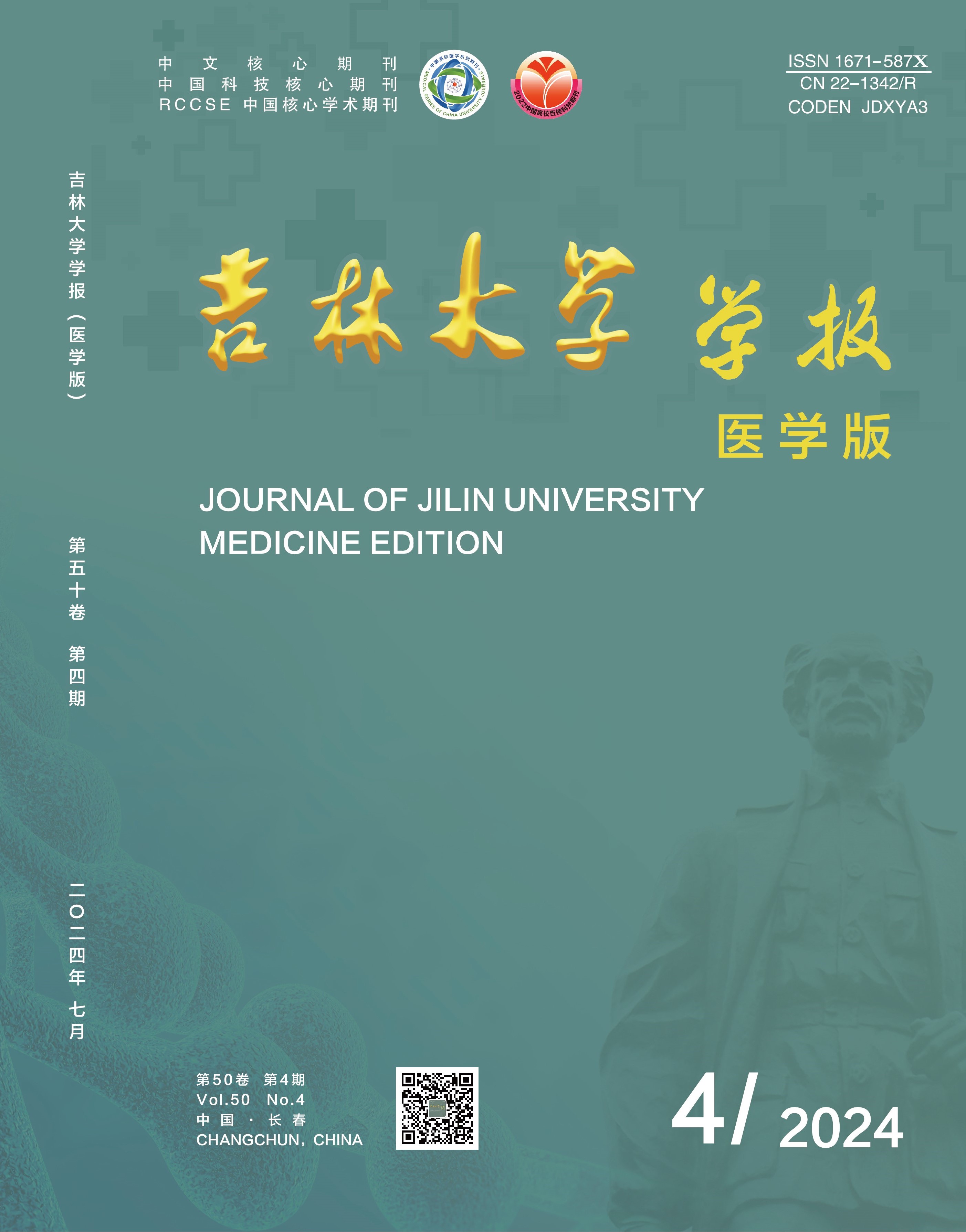|
|
Values of MRE in diagnosis of stages of hepatic fibrosis:A Meta-analysis
NIU Meng, DENG Dayong, LI Yunpengfei, LIU Shuo, DING Jun
Journal of Jilin University Medicine Edition. 2017, 43 (04):
787-793.
DOI: 10.13481/j.1671-587x.20170424
Objective: To investigate the efficacy and the clinical value of magnetic resonance elastography(MRE) in diagnosis of hepatic fibrosiswith Meta-analysis, and to provide basis for clinical treatment of hepatic fibrosis.Methods: The studies published before February 2, 2017 about MRE and staging of hepatic fibrosis in Chinese or English were retrived in the databases including PubMed, EMBase, Web of Science, Cochrane Library,CNKI, CBMDisc,VIP, Wanfang data, and supplemented by manual retrieval for relevant literatures. The inclusion and exclusion criterions were used to select and extract the literatures.The literatures qualitie were valuated based on QUADAS-2 tool.The sensitivity(SEN), specificity (SPE), diagnostic odds ratio (DOR), positive likelihood ratio (+LR), negative likelihood ratio (-LR) on the groups of F0 vs F1-F4,F0-F1 vs F2-F4,F0-F2 vs F3-F4, F0-F3 vs F4 and heterogeneity were combined and tested with Stata software respectively.HSROC and AUROC were also implemented.Results: A total of 1 332 studies were searched, and 22 were included. 21 of them were in English and 1 in Chinese. The results of Meta analysis showed that the SENp, SPEp, +LRp, -LRp, DOR and AUROC in F0 vs F1-F4 group were 88.8%(85.0-91.7),95.9%(91.5-98.0),21.435(10.215-44.979),0.117(0.086-0.159),183.187(72.533-462.650) and 0.96(0.94-0.98),respectively;the SENp, SPEp, +LRp, -LRp, DOR and AUROC in F0-F1 vs F2-F4 group were 93.3%(89.2%-35.9%), 94.1%(90.2%-96.5%),15.839(9.344-26.848),0.072(0.044-0.117),221.224(100.980-484.648) and 0.98(0.96-0.99),respectively; the SENp, SPEp, +LRp, -LRp, DOR and AUROC in F0-F2 vs F3-F4 group were 92.9%(88.9%-95.5%),94.6%(91.2%-96.8%),17.348(10.496-28.671),0.075(0.048-0.119),230.434(111.482-476.317)0.98(0.96-0.99), respectively;the SENp, SPEp, +LRp, -LRp, DOR and AUROC in F0-F3 vs F4 group were 97.7%(93.0%-99.3%),93.2%(90.3%-95.2%),14.337(9.910-20.742),0.025(0.008-0.075),580.405(144.871-2325.307) and 0.98(0.96-0.99),respectively.Conclusion: MRE,as a new and noninvasive imaging method, has high diagnostic value in all stages of hepatic fibrosis, which can provide a reliable reference for clinical precise treatment of hepatic fibrosis.
References |
Related Articles |
Metrics
|

 Table of Content
Table of Content
 Guide to Authors
Guide to Authors


